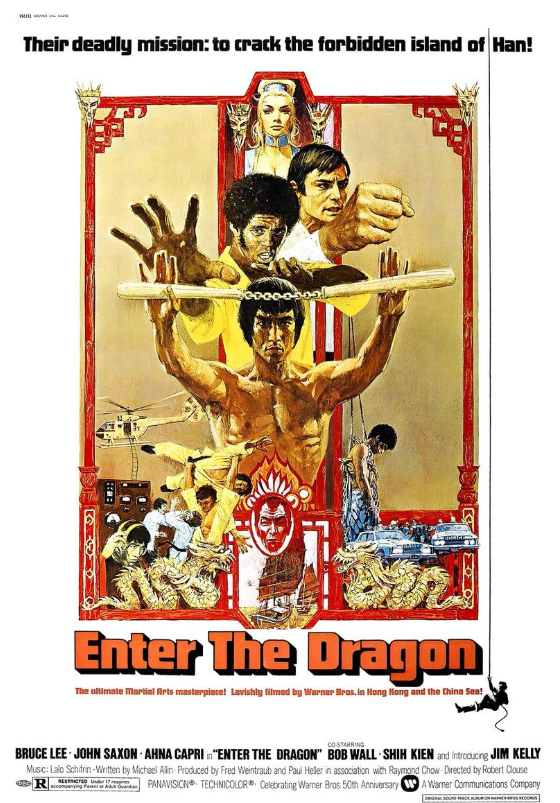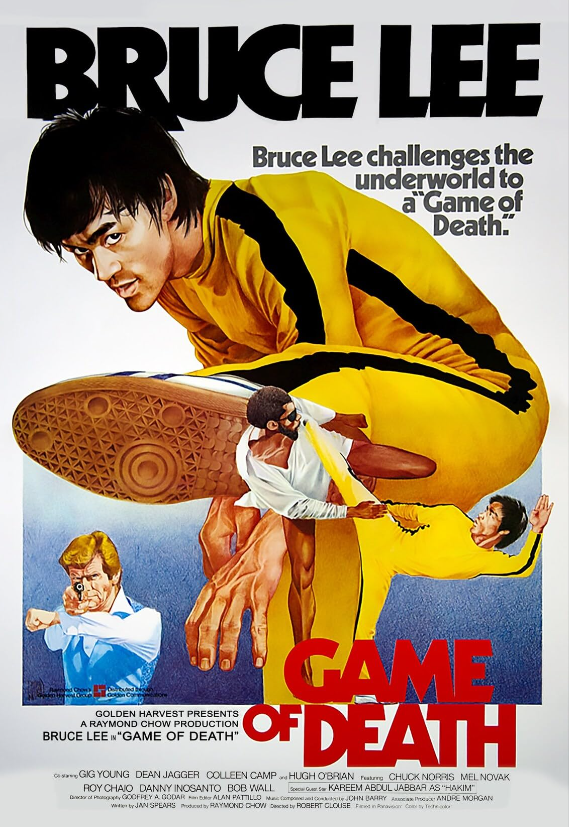BIOGRAPHY OF LEGEND LEE
Bruce Lee, born Lee Jun-fan on November 27, 1940, in San Francisco, California, was a martial artist, actor, and cultural icon whose influence transcends generations. His life story is one of resilience, innovation, and unparalleled dedication to his craft. Lee's journey into martial arts began at a young age. Growing up in Hong Kong, he started training in Wing Chun under the guidance of renowned instructor Ip Man. Lee's passion for martial arts was evident early on, and he quickly developed exceptional skills. However, life in Hong Kong presented challenges, including street fights and encounters with local gangs, which further fueled his determination to master martial arts. At the age of 18, Lee returned to the United States to continue his education. He enrolled at the University of Washington, where he studied philosophy and began teaching martial arts to support himself financially. During this time, Lee's unique approach to martial arts caught the attention of students and instructors alike. He emphasized practicality, efficiency, and adaptability, laying the groundwork for his own martial art philosophy, Jeet Kune Do. Lee's martial arts journey took a significant turn when he moved to California and opened his own martial arts schools. His teachings attracted a diverse group of students, including celebrities like Steve McQueen and James Coburn. Lee's reputation as a skilled martial artist continued to grow, leading to opportunities in Hollywood. In the early 1970s, Lee landed his breakthrough role in "The Big Boss," a martial arts film that propelled him to stardom. He followed up with iconic roles in "Fist of Fury" and "Way of the Dragon," solidifying his status as a martial arts film star. However, it was his performance in "Enter the Dragon," released shortly before his death, that cemented his legacy as a cultural icon. Beyond his film career, Lee was a prolific writer and philosopher. He authored books such as "Tao of Jeet Kune Do" and "Bruce Lee: Artist of Life," where he shared his insights on martial arts, philosophy, and personal development. Lee's philosophy emphasized the importance of self-expression, adaptability, and continuous self-improvement, resonating with audiences worldwide. Tragically, Bruce Lee's life was cut short on July 20, 1973, at the age of 32. His sudden death shocked the world and sparked numerous theories and speculation. While the exact cause of his death remains a subject of debate, Lee's legacy endures as a symbol of courage, innovation, and the power of the human spirit. Bruce Lee's impact extends far beyond the realm of martial arts and cinema. He inspired countless individuals to pursue their passions, embrace their uniqueness, and strive for excellence in all aspects of life. Today, his influence can be felt in various fields, from martial arts and fitness to philosophy and popular culture, making him an immortal figure in the hearts and minds of people around the world.
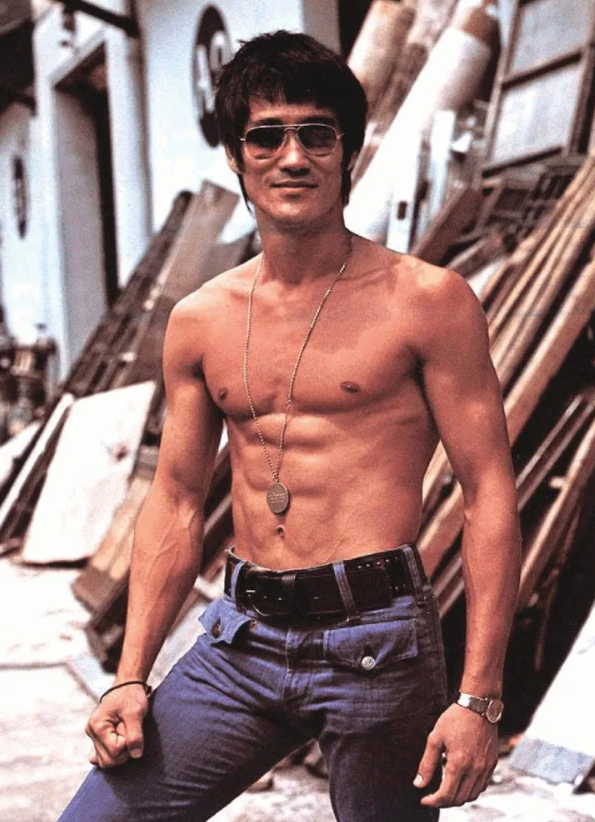
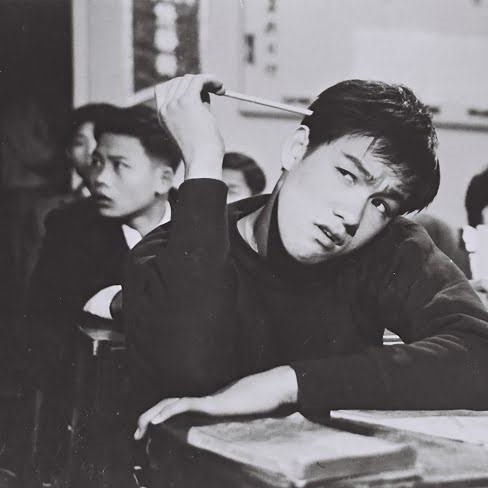
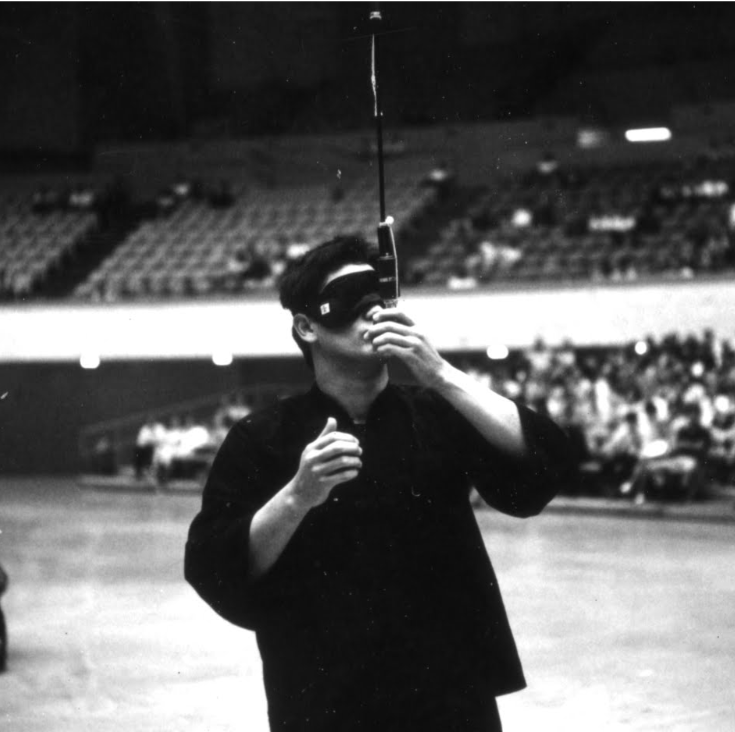
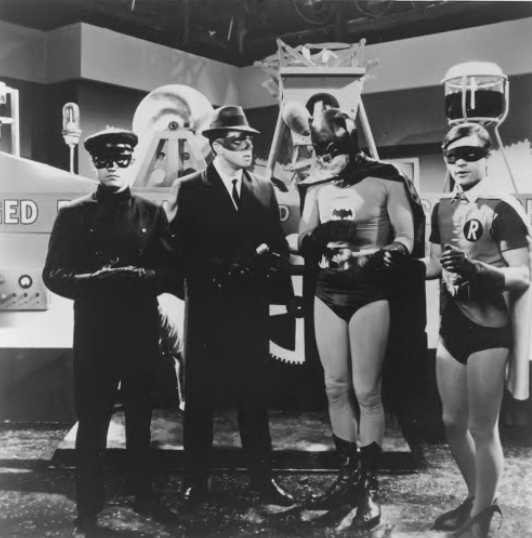

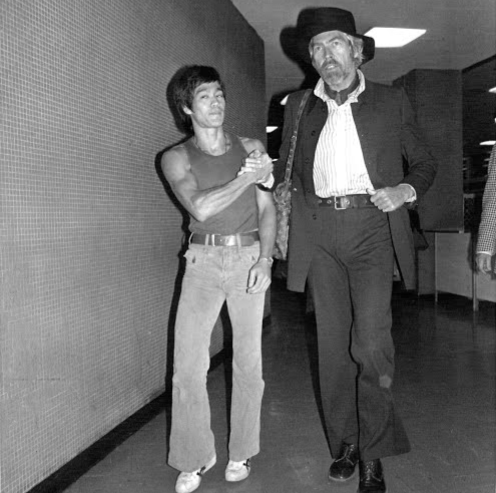
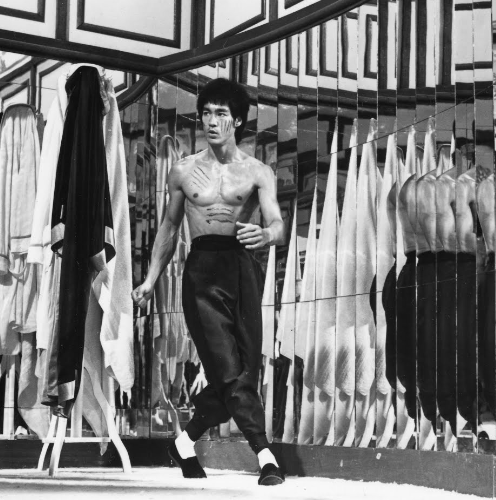
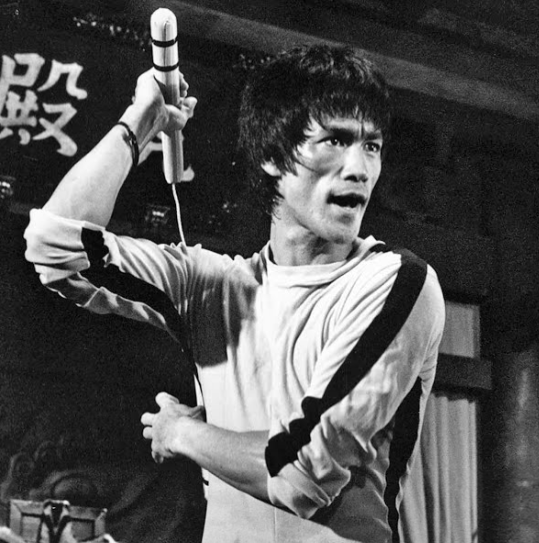
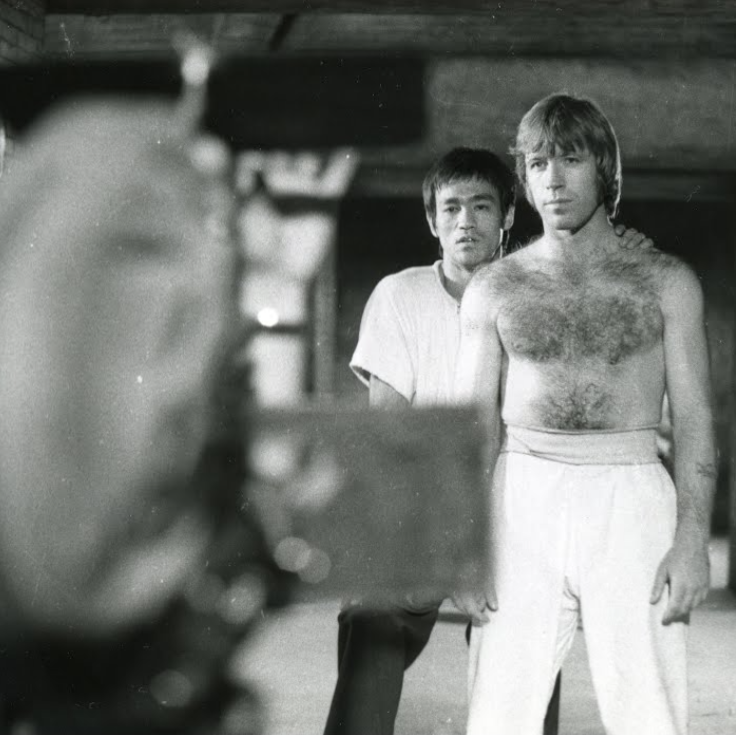
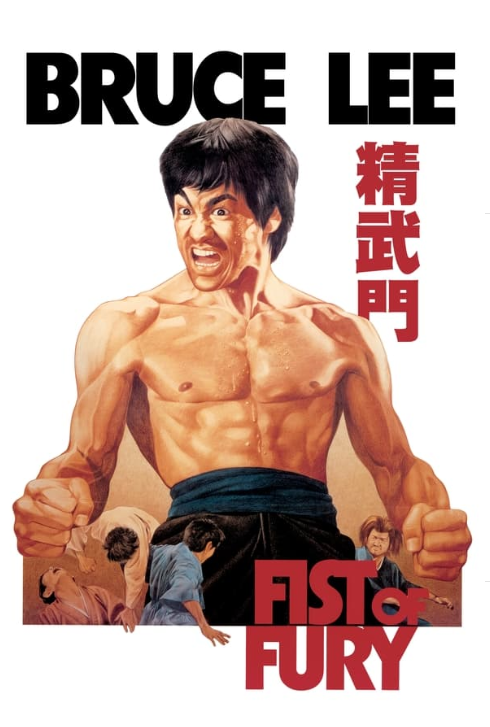 \
\
